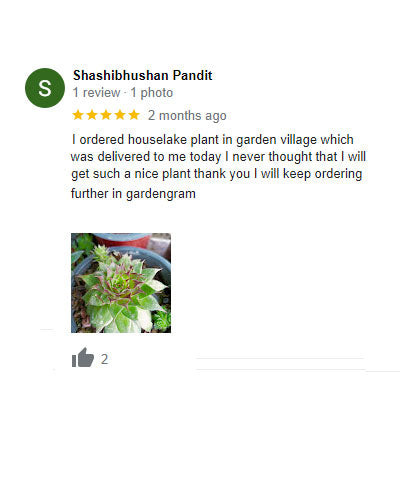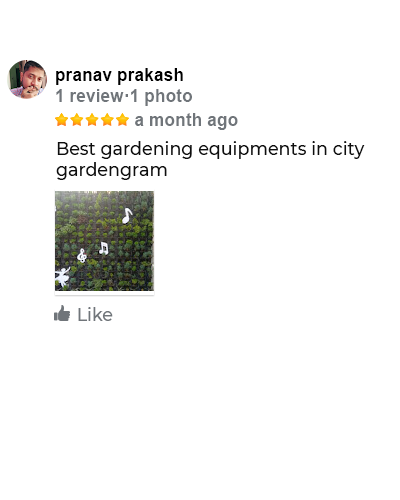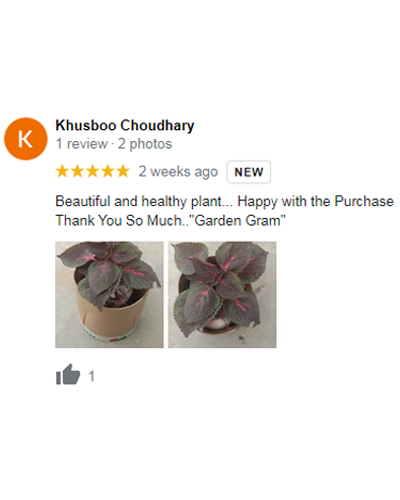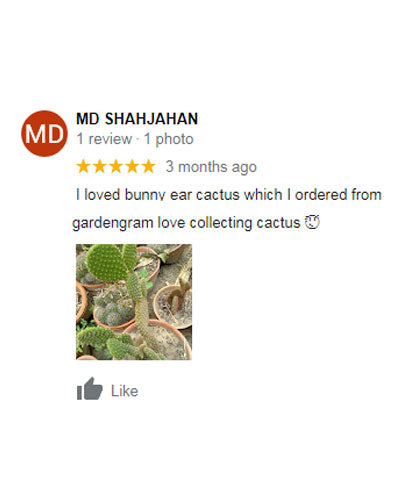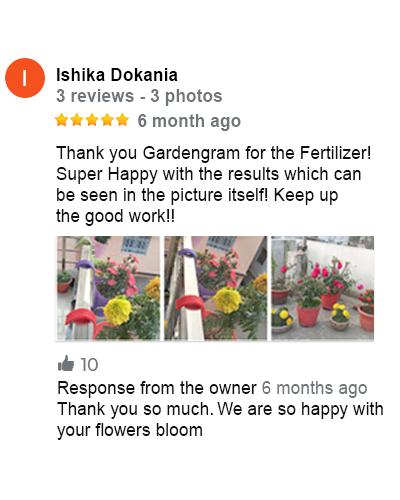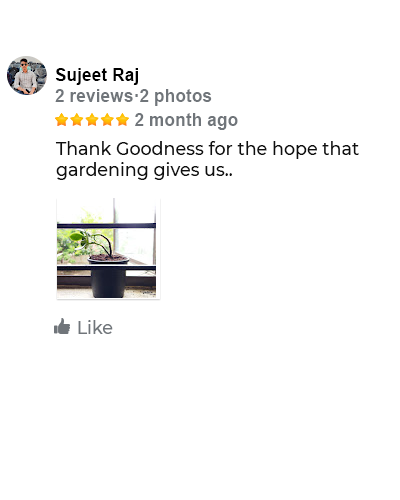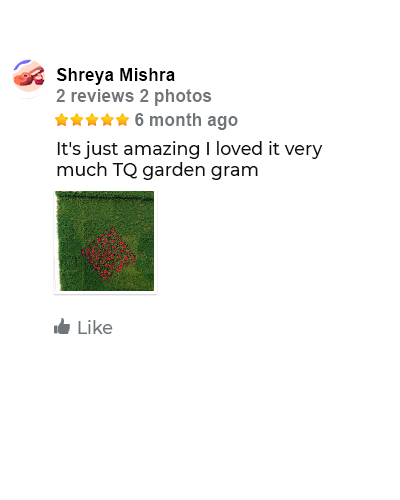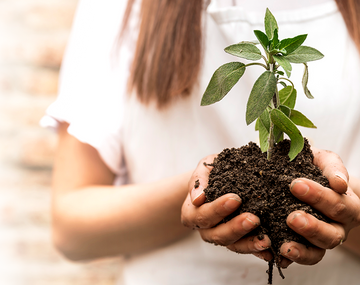Preventing Underwatering: Tips for Healthy Indoor Plants
Proper watering is the lifeblood of your indoor plants, and it's a practice that can make or break their well-being. To keep your leafy companions thriving, it's crucial to understand the significance of watering and tackle the common issues related to underwatering.
Understanding Your Indoor Plants' Watering Needs
To prevent underwatering, you must first understand the unique watering requirements of your indoor plants. They're not all the same, and various factors come into play.
Wilting Leaves: One of the most obvious signs of underwatering is when your plant's leaves start to droop and lose their rigidity. They might appear limp and lifeless, signaling that your plant is thirsty.
Dry and Crispy Soil: When the soil in your plant's container becomes excessively dry and starts pulling away from the edges of the pot, it's a clear indicator that your plant needs a drink.
Yellowing or Browning of Leaves: Yellow or brown leaves are a distress signal from your indoor plants. This is their way of saying they're not getting enough water. If you see this, it's time to take action.
Choosing the Right Container: Selecting the correct container is the first step. Opt for pots with drainage holes to allow excess water to escape. This prevents waterlogging, a common consequence of overwatering.
The Importance of Proper Drainage: Proper drainage is essential to prevent overwatering and ensure that your plant's roots don't sit in stagnant water, which can lead to root rot. Elevating the pot slightly using pebbles or stands aids drainage.
Watering Frequency and Amount: Determining how often and how much to water depends on various factors like plant type, size, environmental conditions, and season. Some plants need frequent watering, while others prefer a drier cycle. It's essential to strike a balance between giving enough water without drowning the roots.
Watering Methods (Top-down vs. Bottom-up): The watering method you choose can impact how effectively your plant absorbs water. Top-down watering involves pouring water directly onto the soil surface. Bottom-up watering, where you allow the plant to absorb water from the bottom, is suitable for some plants, especially those prone to sensitive foliage.
Top-down watering allows you to observe water uptake and ensures even distribution, but it's essential not to overdo it, as excess water can accumulate at the bottom. Bottom-up watering ensures that roots absorb water as needed without the risk of overwatering, but it requires careful monitoring to prevent water stagnation.

Creating a Watering Schedule: Crafting a personalized watering schedule tailored to your plant species, size, potting mix, and environmental conditions is fundamental. Research and observe your plant's preferences regarding moisture levels, considering factors like humidity, temperature, and light exposure. Develop a schedule that maintains the right balance without letting the soil dry out excessively or remain consistently wet.
Monitoring Environmental Factors: Understanding the impact of environmental elements on your plant's hydration needs is vital. Factors like humidity levels, seasonal changes, indoor temperatures, and air circulation significantly influence how quickly your plants dry out. Regularly assess these conditions to adjust your watering routine accordingly. For instance, during warmer seasons or in dry indoor environments, plants might require more frequent watering.
The Finger Test: A Handy Trick: The finger test is a simple yet effective way to gauge your plant's water needs. Insert your finger about an inch into the soil. If it feels dry at that depth, it's typically time to water. However, if it feels moist or wet, hold off on watering until the soil has dried out slightly. This method helps prevent both underwatering and overwatering by giving you a direct feel for the soil's moisture level.
Additional Tips for Healthy Indoor Plants
Humidity Management: Indoor plants from tropical climates often crave higher humidity levels. Consider using a humidifier or misting their leaves occasionally, especially during dry seasons or in heated indoor spaces.
Fertilization and Nutrient Balance: Water is not the only thing your plants need to thrive. Proper fertilization and nutrient balance are equally important. Use a balanced fertilizer suitable for your plant species. Be cautious not to over-fertilize, as it can harm your plants.
Proper Light Exposure: Understand the light requirements of your plants. Some prefer bright, indirect light, while others thrive in low-light conditions. Rotate your plants occasionally for even growth and prevent leaning towards the light source.
The key to preventing underwatering is establishing a consistent watering routine tailored to your plant's specific needs. Understanding your plant's water requirements based on its species, size, potting medium, and environmental conditions is crucial. Invest in quality moisture meters or learn to check the soil moisture manually to ensure your plants receive adequate hydration.
What are the signs of underwatering?
Plants exhibit various signs when they're not receiving enough water. Common signs include wilting or drooping leaves, dry and crispy foliage, yellowing or browning of leaves starting from the edges or tips, slowed growth, and in severe cases, leaf loss.
What to do if plants are underwatered?
If you suspect your plants are underwatered, start by giving them a thorough but gentle watering, ensuring the soil is evenly moistened without becoming waterlogged. Remove any damaged or dead foliage. Consider adjusting your watering schedule and method to meet your plant's needs more effectively.
Can you save underwatered plants?
Yes, most underwatered plants can recover if timely action is taken. However, the extent of recovery depends on the severity of dehydration and the plant species. Provide adequate water and proper care to support their revival. Prune away severely damaged parts to encourage new growth.
Is underwatering better than overwatering?
While both underwatering and overwatering pose risks to plant health, some argue that underwatering might be slightly less harmful in the short term. Overwatering can lead to root rot and other issues more rapidly, causing irreversible damage. However, consistent underwatering weakens the plant over time, making it more susceptible to stress and diseases.
With the right knowledge and care, you can experience the joy of having thriving indoor plants. A lush, green living space filled with happy, healthy plants is not only aesthetically pleasing but also a testament to your green thumb. By preventing underwatering and following these tips, you'll enjoy a vibrant indoor garden that brings life and freshness to your home.
The Importance of Proper Watering
Water is to plants what oxygen is to us. It's the elixir of life, and providing your indoor plants with the right amount at the right time is essential for their overall health. Without adequate hydration, your plants can suffer, and we're here to make sure that doesn't happen.Common Issues Related to Underwatering
Underwatering is a common problem that plant enthusiasts face, often unknowingly. Let's explore the typical issues that arise when your green companions aren't getting the hydration they need.Understanding Your Indoor Plants' Watering Needs
To prevent underwatering, you must first understand the unique watering requirements of your indoor plants. They're not all the same, and various factors come into play.
Know Your Plant Varieties
Different plant species have varying preferences when it comes to water. Some, like succulents, thrive on neglect and prefer drier conditions, while others, such as ferns, demand a consistently moist environment. Knowing your plant varieties is the first step in preventing underwatering.Factors Affecting Watering Requirements
Beyond plant type, several factors affect your indoor plants' watering needs. Factors like humidity levels, temperature, and even the size of your pot play a role. Let's delve into how these elements impact your watering routine.Signs of Underwatering
Recognizing the signs of underwatering is crucial in keeping your indoor plants healthy. Don't wait until it's too late. Here are the red flags to watch for:Wilting Leaves: One of the most obvious signs of underwatering is when your plant's leaves start to droop and lose their rigidity. They might appear limp and lifeless, signaling that your plant is thirsty.
Dry and Crispy Soil: When the soil in your plant's container becomes excessively dry and starts pulling away from the edges of the pot, it's a clear indicator that your plant needs a drink.
Yellowing or Browning of Leaves: Yellow or brown leaves are a distress signal from your indoor plants. This is their way of saying they're not getting enough water. If you see this, it's time to take action.
Watering Techniques
Now that you've familiarized yourself with your plants and the signs of underwatering, it's time to explore the best watering techniques to keep them happy and healthy.Choosing the Right Container: Selecting the correct container is the first step. Opt for pots with drainage holes to allow excess water to escape. This prevents waterlogging, a common consequence of overwatering.
The Importance of Proper Drainage: Proper drainage is essential to prevent overwatering and ensure that your plant's roots don't sit in stagnant water, which can lead to root rot. Elevating the pot slightly using pebbles or stands aids drainage.
Watering Frequency and Amount: Determining how often and how much to water depends on various factors like plant type, size, environmental conditions, and season. Some plants need frequent watering, while others prefer a drier cycle. It's essential to strike a balance between giving enough water without drowning the roots.
Watering Methods (Top-down vs. Bottom-up): The watering method you choose can impact how effectively your plant absorbs water. Top-down watering involves pouring water directly onto the soil surface. Bottom-up watering, where you allow the plant to absorb water from the bottom, is suitable for some plants, especially those prone to sensitive foliage.
Top-down watering allows you to observe water uptake and ensures even distribution, but it's essential not to overdo it, as excess water can accumulate at the bottom. Bottom-up watering ensures that roots absorb water as needed without the risk of overwatering, but it requires careful monitoring to prevent water stagnation.

Best Practices for Preventing Underwatering
Consistency is Key: Consistency in watering is crucial for indoor plants. Establishing a regular watering routine helps plants anticipate and adjust to their hydration needs. Rather than sporadically watering, aim for a consistent schedule that aligns with your plant's requirements and the surrounding environment.Creating a Watering Schedule: Crafting a personalized watering schedule tailored to your plant species, size, potting mix, and environmental conditions is fundamental. Research and observe your plant's preferences regarding moisture levels, considering factors like humidity, temperature, and light exposure. Develop a schedule that maintains the right balance without letting the soil dry out excessively or remain consistently wet.
Monitoring Environmental Factors: Understanding the impact of environmental elements on your plant's hydration needs is vital. Factors like humidity levels, seasonal changes, indoor temperatures, and air circulation significantly influence how quickly your plants dry out. Regularly assess these conditions to adjust your watering routine accordingly. For instance, during warmer seasons or in dry indoor environments, plants might require more frequent watering.
The Finger Test: A Handy Trick: The finger test is a simple yet effective way to gauge your plant's water needs. Insert your finger about an inch into the soil. If it feels dry at that depth, it's typically time to water. However, if it feels moist or wet, hold off on watering until the soil has dried out slightly. This method helps prevent both underwatering and overwatering by giving you a direct feel for the soil's moisture level.
Additional Tips for Healthy Indoor Plants
Humidity Management: Indoor plants from tropical climates often crave higher humidity levels. Consider using a humidifier or misting their leaves occasionally, especially during dry seasons or in heated indoor spaces.
Fertilization and Nutrient Balance: Water is not the only thing your plants need to thrive. Proper fertilization and nutrient balance are equally important. Use a balanced fertilizer suitable for your plant species. Be cautious not to over-fertilize, as it can harm your plants.
Proper Light Exposure: Understand the light requirements of your plants. Some prefer bright, indirect light, while others thrive in low-light conditions. Rotate your plants occasionally for even growth and prevent leaning towards the light source.
Frequently Asked Questions (FAQ):
How can we prevent underwatering?The key to preventing underwatering is establishing a consistent watering routine tailored to your plant's specific needs. Understanding your plant's water requirements based on its species, size, potting medium, and environmental conditions is crucial. Invest in quality moisture meters or learn to check the soil moisture manually to ensure your plants receive adequate hydration.
What are the signs of underwatering?
Plants exhibit various signs when they're not receiving enough water. Common signs include wilting or drooping leaves, dry and crispy foliage, yellowing or browning of leaves starting from the edges or tips, slowed growth, and in severe cases, leaf loss.
What to do if plants are underwatered?
If you suspect your plants are underwatered, start by giving them a thorough but gentle watering, ensuring the soil is evenly moistened without becoming waterlogged. Remove any damaged or dead foliage. Consider adjusting your watering schedule and method to meet your plant's needs more effectively.
Can you save underwatered plants?
Yes, most underwatered plants can recover if timely action is taken. However, the extent of recovery depends on the severity of dehydration and the plant species. Provide adequate water and proper care to support their revival. Prune away severely damaged parts to encourage new growth.
Is underwatering better than overwatering?
While both underwatering and overwatering pose risks to plant health, some argue that underwatering might be slightly less harmful in the short term. Overwatering can lead to root rot and other issues more rapidly, causing irreversible damage. However, consistent underwatering weakens the plant over time, making it more susceptible to stress and diseases.
With the right knowledge and care, you can experience the joy of having thriving indoor plants. A lush, green living space filled with happy, healthy plants is not only aesthetically pleasing but also a testament to your green thumb. By preventing underwatering and following these tips, you'll enjoy a vibrant indoor garden that brings life and freshness to your home.





